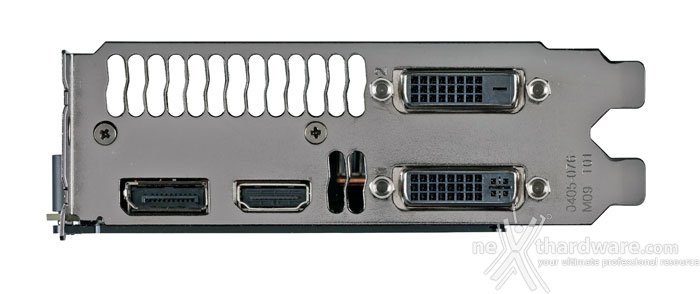
Review: Corsair Carbide 100R Silent - 09:07 AM Alongside an aesthetic overhaul this product will be available in 128 GB, 256. SSD mounted onto a PCI Express 2.0 x4 slot could be interesting for many. Review: Plextor M6e Black Edition PCIe SSD - 05:40 AM Still there's no way I'm gonna pay £600 for a video card! I'd expected it to retail for closer to £400 given that's been the usual price for top-line x80 Nvidia GPU's.In todays review we have a look at the new Corsair H80i GT AIO liquid cooler. This newly introduced processor cooler is compatible with Corsair's LINK software. Performance is near identical to the TITAN meaning it's pretty much the 2nd fastest card single GPU card on the market behind that. It uses the H.264 video encoder built right into Kepler to do its work, which keeps it from being such a drag on performance when you're playing. Nvidia calls it ShadowPlay, and it's a feature coming this summer to all of Nvidia's Kepler-based GPUs, allowing you to have your system constantly recording up to the last 20 minutes of whatever you've done on your computer. It seems like good timing, considering how the Microsoft Xbox One and Sony PlayStation 4 look to be integrating similar features right now. And this week, alongside the launch of the GeForce GTX 780 - the company's latest graphics card - Nvidia's training it to do something new: constantly record video footage of your gameplay so that when you pull off a crazy virtual stunt, you can share it with the world. It even streams games from your gaming rig to Nvidia's new Shield handheld. It cleverly optimizes your game settings.
Nvidia gtx titan fp64 software#
Nvidia's GeForce Experience software is starting to do quite a few things. To that end Titan essentially stands alone in NVIDIA’s product stack the next thing next to a FP64-constrained consumer card is the much more expensive Tesla K20. NVIDIA has taken other liberties to keep from this being treated as a cheap Tesla K20, but for lighter workloads it should fit the bill.Īs compared to the server and high-end workstation market that Tesla carves out, NVIDIA will be targeting the compute side of Titan towards researchers, engineers, developers, and others who need access to (relatively) cheap FP64 performance, and don’t need the scalability or reliability that Tesla brings. That means 1/3 FP32 performance, or roughly 1.3TFLOPS theoretical FP64 performance. We’ll dive more into why that is in a bit in our feature breakdown, but the biggest factor is that for the first time on any consumer-level NVIDIA card, double precision (FP64) performance is uncapped. Titan is also going to be NVIDIA’s entry-level compute card. First and foremost, though Titan is most certainly geared in part as a gaming video card (and that’s largely how we’ll be looking at it), that’s not the only role it serves. Having established performance expectations, let’s talk about where Titan fits into NVIDIA’s product stack. (Source)Ĭould TITAN also be used as a 'cheap' graphics card for CAD? Really, this card should be no more than £599, if that, but NVIDIA follows the Intel Extreme Edition pricing path and charges an exorbitant amount for a card that, it seems, has no performance peer.Ĭutting past the hyperbole and stratospheric pricing, the real question on most enthusiasts' lips is whether this one single-GPU card is man enough to play Crysis 3 at high-quality settings. A single-card price tag of £825 or so is also verging on the ludicrous, frankly, but NVIDIA isn't planning to sell tens of thousands of these performance leadership is perhaps more important. This is the sort of hardware that's begging to be attached to a premium 4K display. There's little point in considering this card, or multiple cards, if you game at 1,920x1,080.

And if you believe NVIDIA, it should be whisper-quiet while demolishing all other single-GPU cards. Assuming the performance predictions hold true, TITAN is set to become the fastest single-GPU card around, beating Radeon HD 7970 GHz Edition into second place. Splitting it down the middle, a 50 per cent uptick clearly makes TITAN NVIDIA's fastest-ever consumer GPU, especially once GPU Boost v2.0's settings have been optimised for performance.

Understanding that the architecture is, for all intents and purposes, the same as GTX 680 leads us to believe that high-resolution, high IQ performance - what this card is designed for - will be between 40-60 per cent faster than said GTX 680.

Basic horsepower, pulled from the table on the first page, indicates that TITAN has around 50 per cent more oomph than a GTX 680 once we've accounted for the lower core clocks. But there's nothing stopping us from conjecturing on probable performance. We're not allowed to release performance results of the TITAN card just yet.


 0 kommentar(er)
0 kommentar(er)
